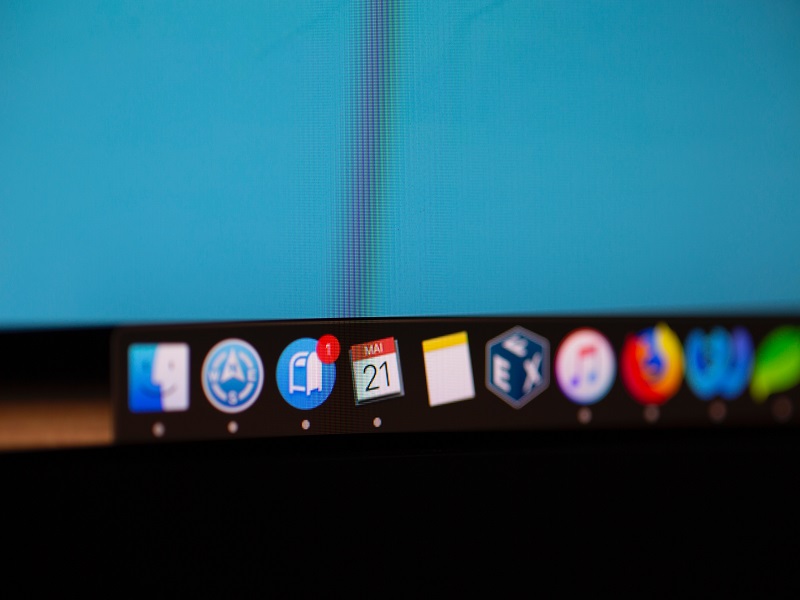There’s a lot of advice around aimed at helping job seekers to sharpen their skills for remote video interviews. But what about the interviewer?
If you’ve had to do a remote selection interview on video you know that it’s just not the same as doing it in person.
There are three main aspects that need attention:
1. The technology
2. You
3. The candidate
Technology

There are dozens of platforms and software options on the market so this will take some research to find what suits your business, so this is not going to be a detailed technical article.
It’s easy to get confused by the array of choices and end up with functionality you’ve paid for but never use, or a set-up that doesn’t really meet all your needs.
The key question is: What do you want the software to do?

Here are some aspects to consider:
● Capacity to manage a high volume of applicants and multiple roles?
● Automated initial screening prior to interview?
● Pre-recording of candidate presentations and responses to preset screening questions?
● Scheduling appointments?
● Integration with one or more calendars?
● Manages multiple timezones?
● Automated appointment confirmation?
● Automated followup messages?
● Ability to personalise message templates?
● “Inactivity alerts” to make sure candidate communication is timely?
● Virtual background or let candidates see whatever your camera sees?
● Screen sharing to be able to share documents during the interview?
● Whiteboard during the call?
● Multiple logins for panel interviews?
● Integration with your HRIS for data capture?
● Functional with all the commonly used operating systems (Windows and Mac)?
What will be ‘fit for purpose’ for the hiring process in your business?

You
During 2020 communicating on a platform like Zoom or Teams has become pretty comfortable for most of us. But a weekly team catchup with your colleagues is not the same as a selection interview.
Everyone expects the candidate to be well prepared, well presented and make a great first impression. So it’s worth remembering that they’ll be assessing you as a potential employer too.
Other than the impression they’ve gained by checking your company’s website and the job advertisement, this will be the first direct experience they have of you and your business.
To make sure that first impression is memorable – in a good way – follow these tips:
● Not wanting to ‘preach to the choir’ but clearly it’s important to prepare just as though it was a live, in-person interview.
○ Be very clear on what you’re looking for
○ Plan your questions
○ Please, please actually read their resume or review their pre-recorded video
○ Have a way of making notes but try to avoid breaking eye contact too much. This looks much worse on camera than it does ‘in the flesh’
● Test the technology and practice with it. Fumbling around trying to find the Share button or Admit a candidate sitting in the virtual waiting room just adds to the stress for everyone
● Check the audio quality as well, especially if you are going to use a headset or earbuds
● Record the interview. It’s always a good idea to get the candidate’s permission and in many countries this is a legal requirement
● Choose your clothes carefully. We’ve all got used to being more casual on Zoom, but……
● You don’t need a full studio set-up but make sure the camera angles, lighting and background work for you not against you. A trial run will pay dividends in not having to do frantic adjustments when you’re trying to get the interview started
● Laptop camera angles are a real trap for the unwary. Get the image as level as possible for the best eye-level interaction you can
● Make sure that your face is evenly lit. There are plenty of inexpensive fill lights available
● Sit reasonably close to the camera. A head-and-shoulders presence on screen will feel more like an in-person meeting than a really long shot of you at the far end of a table
● Remove clutter from the desk so that you can easily navigate the software and other screens with your mouse and keyboard
The Candidate
Of course the selection interview is a means of assessing the candidate’s suitability for the role and your organisation so it’s your job as the interviewer to put them to the test.
It’s certainly fair enough for you to expect the candidate to prepare themselves well, but it’s also your job to remove any barriers to a productive interaction. That’s in your best interests too.
Here are some ideas that could help:
● Make sure your software is up to date and working so they don’t have issues logging in
● Send clear detailed instructions for joining the call and any required pre-work
● If they need to download software make this clear, free, and allow time for this to be done
● Give them access to a real person for tech assistance during the call in case of glitches
● Cut them a little slack. They should be prepared but bear in mind that they may not be nearly as familiar with your interview platform as you are
● Not being in the same room creates an artificial barrier to communication. It may take a little more effort to build good rapport
● Keep things light at the start and make sure all the tech issues are squared away before you dive into the tough questions
● Most people are nervous about job interviews anyway and even more so on video; give them a few minutes to settle into it
This may look like a lot but most of it’s really common sense. For it to go well it’s good to keep in mind the perspective of both parties.
We can sum it all up with just two questions:

What do you need to put in place to make sure you have the best opportunity to assess the candidate rigorously and fairly?
What do you need to put in place to allow the candidate to show you their best?
There are 5 ways we can help with that:
1. Grab our free 4-Week LinkedIn Profile Optimisation Course
It’s the road map to positioning your profile in the top 5% of the 700 million LinkedIn users currently active – Click Here
2. Join our FREE LinkedIn Group and connect with entrepreneurs who are scaling too
It’s our Facebook community where smart entrepreneurs learn to get more leads and smart ways to scale using LinkedIn — Click Here
3. Register for our FREE LinkedIn update webinar
Every 12-Weeks you can join us for a free update on all the latest news, ninja tips and outline of new features released by LinkedIn – Click Here
4. Join our LinkedIn Inner Circle Solo Program on our Free Trial
Click Here for more details
5. Work with our team privately
If you’d like to work directly with us to create new marketing opportunities send us a quick message Click here… tell us a little about your business and we’ll organise a time for a deeper chat






